When you are camping, your tent is like your house. It gives you protection from the outside elements and privacy from those around you.
But, to build a comfortable house far from home, you have to understand how the parts of a tent work and fit together.
You can’t just grab any tent and start down the trail.
So we’ve put together this easy to read guide so you understand the purpose of each part of the tent and to make sure you look like a pro in front of the other campers.
Complete Anatomy of a Tent
Tent parts can be divided into two areas: the outer and inner parts.
The outer part of the tent is what protects you from outside elements such as wind, rain, and dust.
The inner parts of a tent provide your comfort, safety, and a space to enjoy.
Outer Parts of a Tent
1. Vestibule / Porch – This is a small area attached to the outside of the entrance. This part of the tent is mainly used for cooking, eating meals, and storing equipment. Depending on the type of tent, the porch will vary in size.
2. Rain-fly – The outermost layer or covering of a tent is called a rain-fly. The sole purpose of a rain-fly is to protect the tent from wind and water.
3. Flysheet – A flysheet is a layer of fabric on top of your rain-fly. It provides an additional layer of protection to your tent.
4. Door Tie Backs – All tents have door tie backs. It’s a simple toggle and loop that holds the rolled-up door in place and keeps the tent entrance open.
5. Storm Flaps – In simple words, these are strips of fabric that cover the tent door zippers. The purpose of a storm flap is to prevent wind and rain from entering the tent through the small openings between the zipper’s teeth.
6. Guy Ropes / Guy Lines – These are cords attached to the outer tent that tie to stakes in the ground. Their purpose is to help strengthen and secure the tent to the ground.
7. Pole Pegs / Pole Stakes – A peg or stake is a small rod or spike made of wood, metal, plastic, or composite material. The top of the stake has a hook/hole where the guy ropes can be attached. The lower part is a sharp point that is drilled into the ground.
8. Groundsheet – This is a waterproof sheet that is placed on the ground to create a protective barrier between the underside of your tent and the ground.
Inner Parts of a Tent
1. Mesh Door – Many tents incorporate a mesh door which allows light and air to get inside. It also prevents insects from entering the tent.
2. Tub Floor – This waterproof material is fitted to the size and shape of your tent floor. The edges extend up the sides of your tent walls by a few inches, creating a “bathtub”. This prevents water and insects from getting inside your tent.
3. Storage Pockets – Many tents have built-in storage pockets on the inside of the tent. Storage pockets are made to keep your tent organized and store small items up and off from the ground.
4. Room Divider – This is a lightweight, removable material, usually mesh, that is connected to the ceiling of larger tents. It creates separate rooms within your tent creating privacy or designating certain areas for a specific purpose.
5. Gear Loft / Internal Gear Hooks – This mesh material hangs directly below the ceiling of your tent. You can hang wet clothing or your lantern from it.
6. Air Vents – Air vents are tent ventilation that helps reduce condensation by allowing air to circulate and moisture to escape.
7. Windows – Not all tents will have windows, but they are a handy feature for allowing in more light and cool air. Windows will usually have a permanently fixed mesh layer to keep out bugs and a solid layer that can be zipped and unzipped or rolled up or down.
Tent Poles & Pegs
Tent poles build the framework of a tent. There might be some exceptions, but most tents require poles, and pegs, to support the tent.
1. Tent Poles – These are essentially the skeleton of the tent. The poles are what give your tent its structure.
Tent poles made from lighter materials are linked together by an elastic cord, while poles made from heavier materials are joined together by steel wire or springs.
There are two basic types of tent poles, namely rigid poles and flexible ones.
- Rigid Tent Pole – These poles are inflexible and are typically made from steel. They are sturdy and strong, which makes them an ideal choice for traditional frame tents, gazebos, and trailer tents.
- Flexible Tent Pole – As the name suggests, these types of poles are flexible. Composite flexible poles are either made from fiberglass on less expensive tents or carbon fiber on high-end options.
2. Pole Hub – The central point where all the tent poles meet is known as a pole hub.
3. Pole Clip – These allow you to attach the tent pole to the tent body.
4. Pole Attachment Points – This is the point where the end of the pole is attached to the inner or outer tent body.
Frequent Questions About Tent Parts
Now You Can Camp Like a Pro
So, there you go – study this tent anatomy guide and you’ll feel confident with the jargon.
Most tents are designed for specific use and not all tents will have the parts mentioned in this guide.
But, we have covered some of the most basic parts of a tent.
With this information, you will not only sound like a pro, but you will actually be a pro!

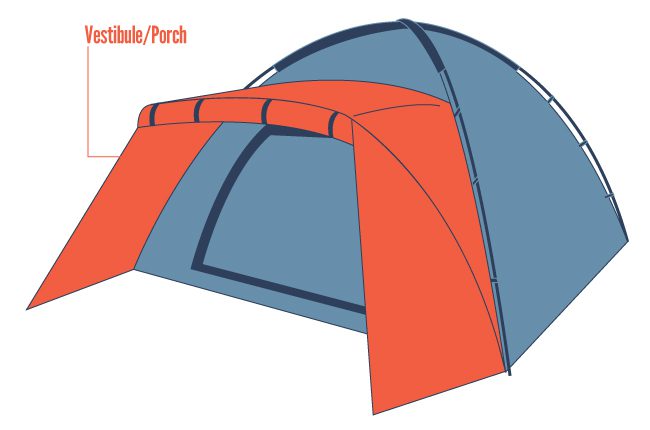
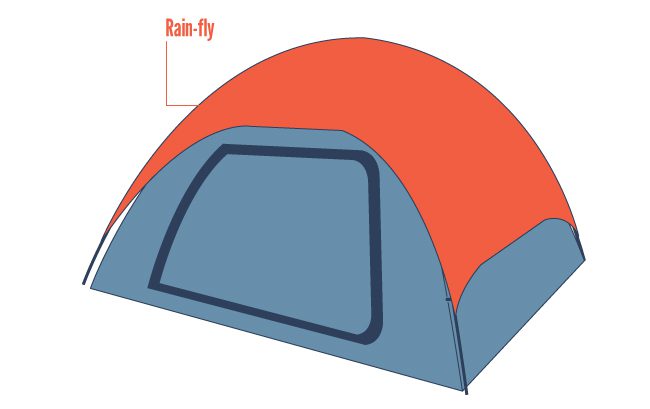
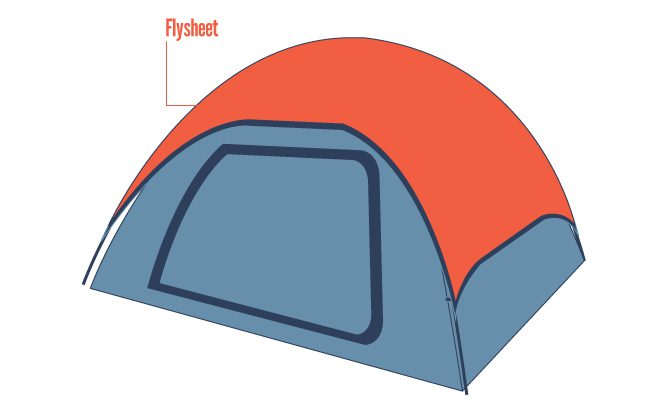
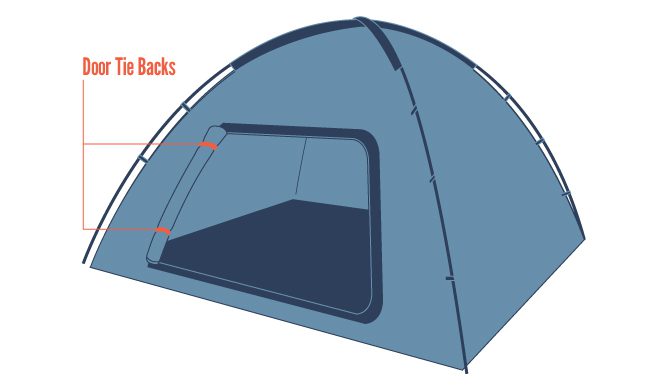
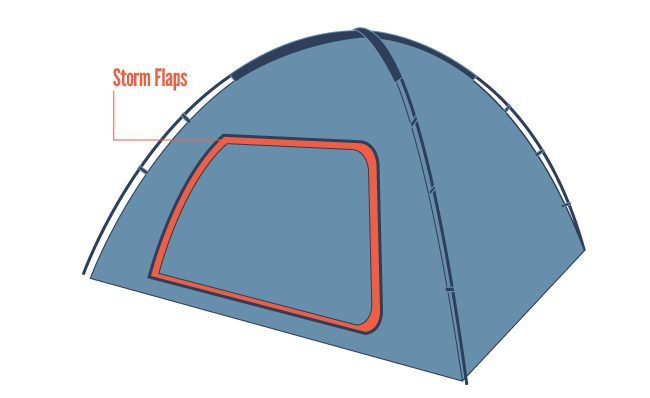
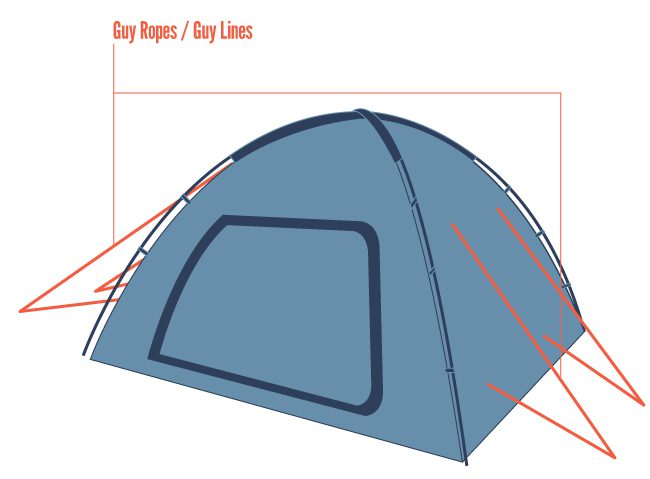
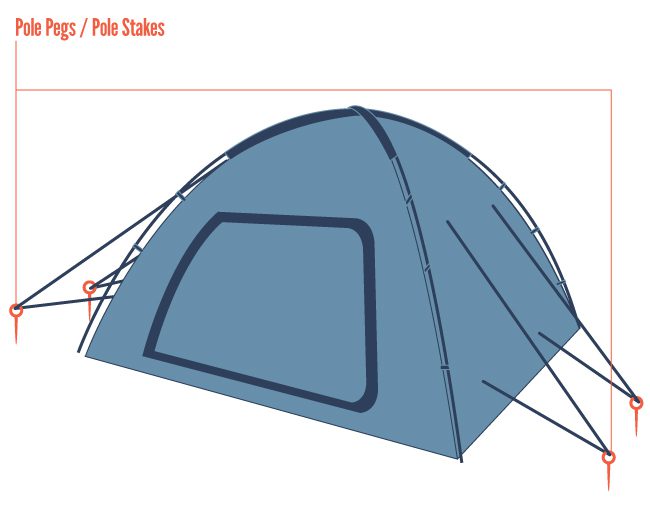
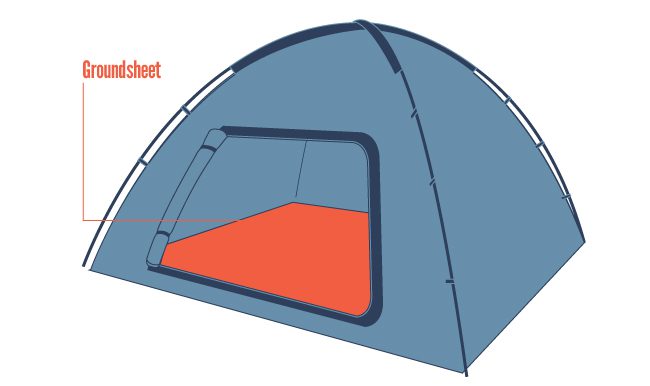
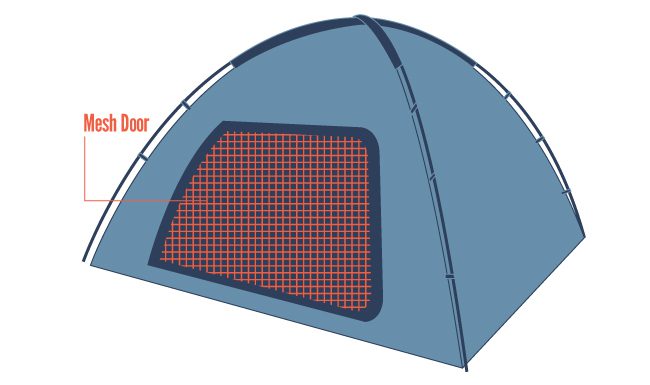
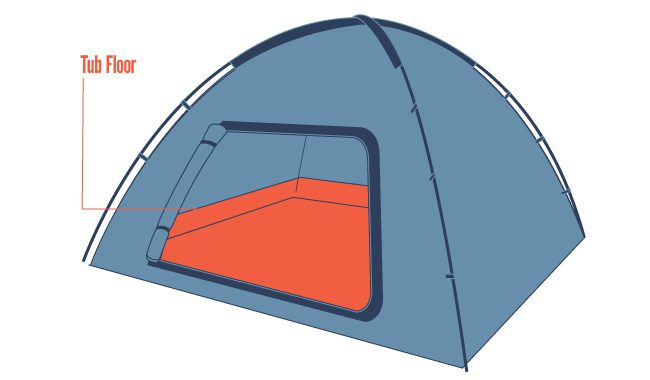
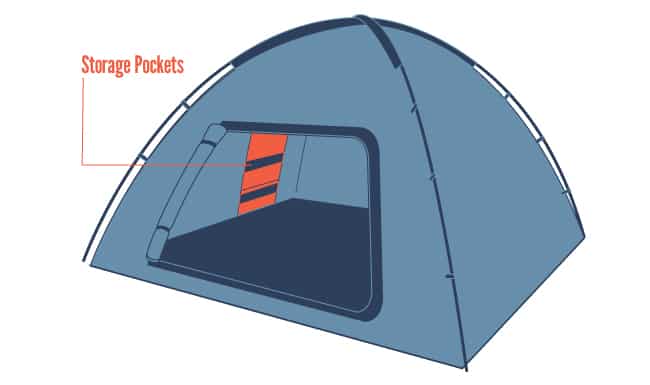
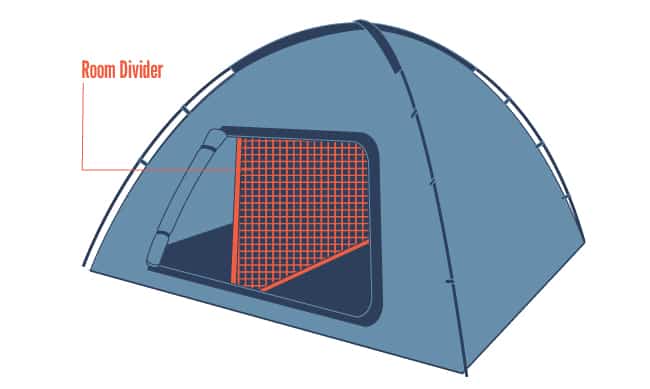
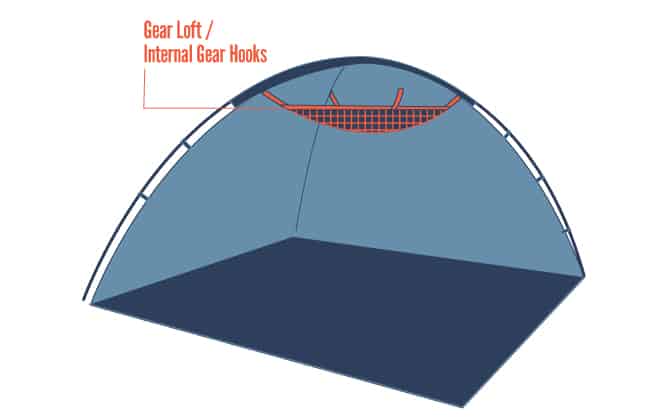
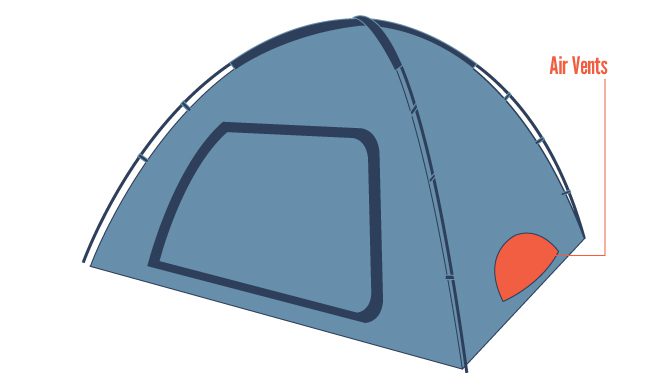
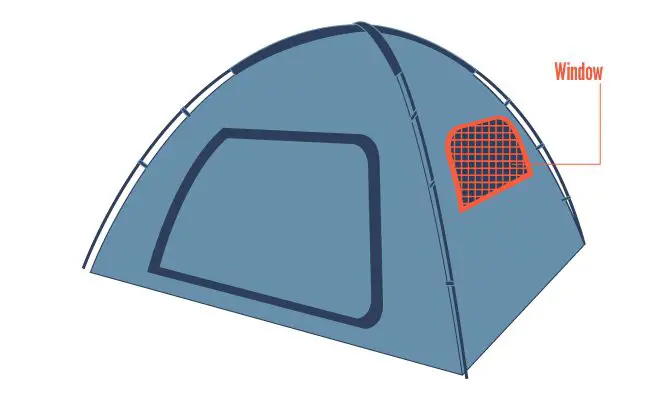
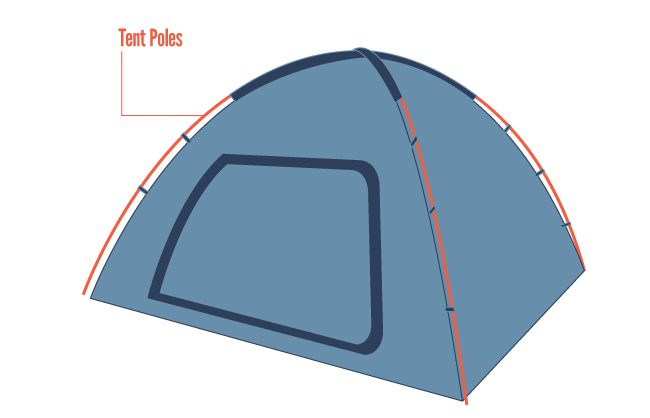
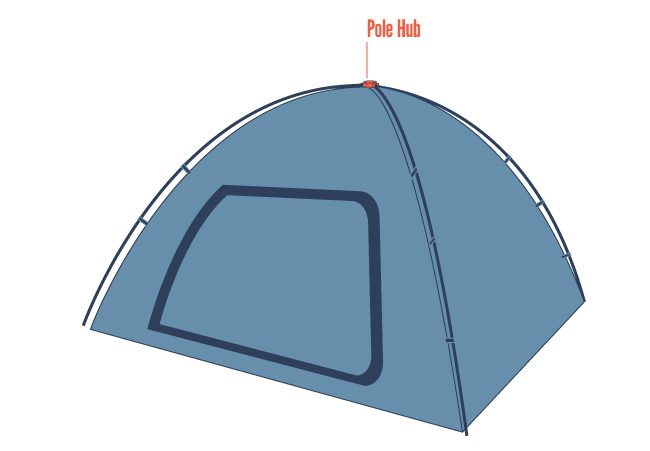
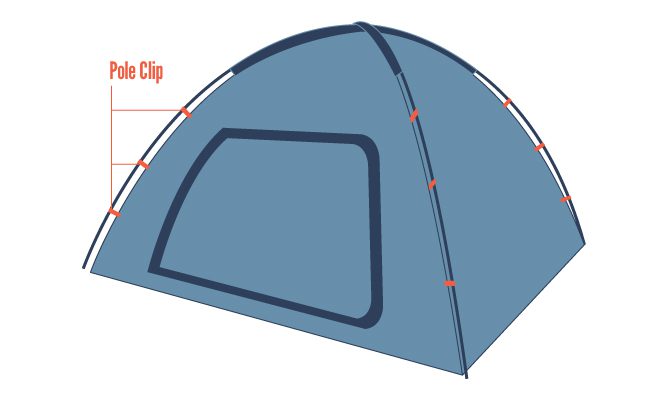
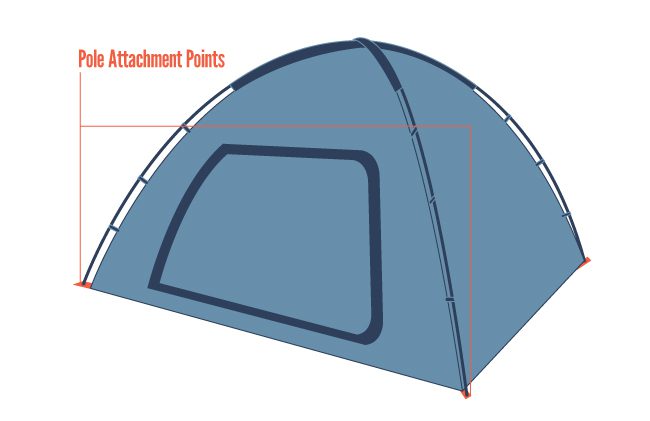
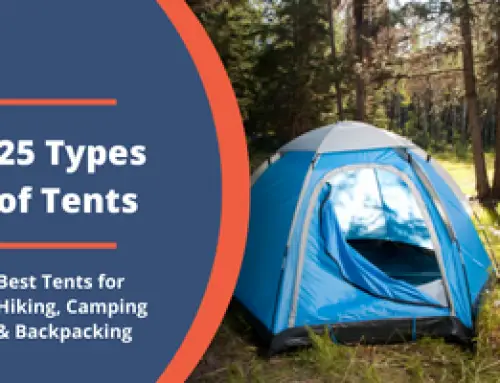
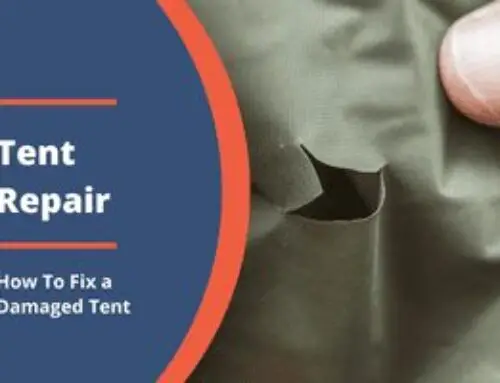






Leave A Comment